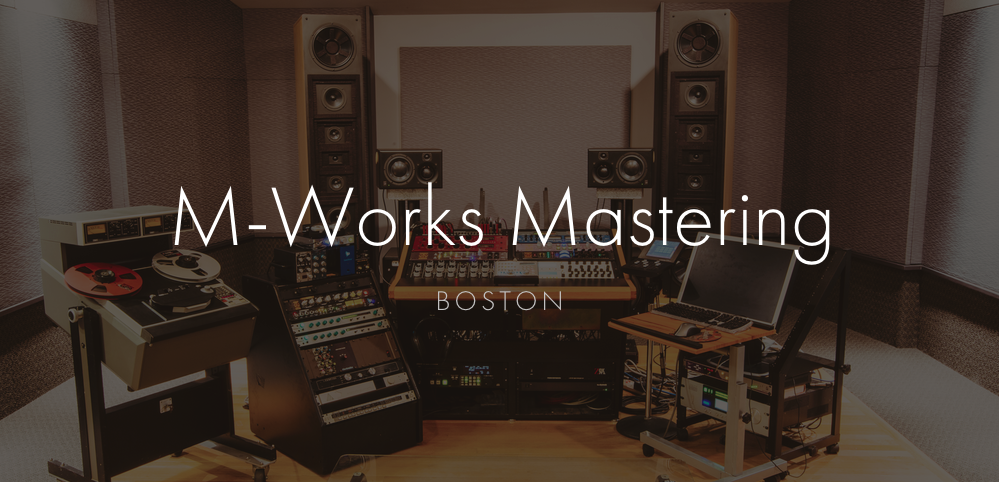This is the first post of a long series about getting to know how a mastering suite is set up and which tools are used to accomplish the job.
First and foremost is the Room itself:
A mastering suite is usually slightly different from a mixing room as we don't have to pile up tons of piece of gear, a large format console, coach, producer's desk and large coaches....we don't need any sort of large windows neither. Instead you want a no-compromise full range flat frequencies response, for that we will need a large room with specific dimensions and completely insulated from the outside world.
So you may ask why all of those requirements? Well large because certain frequencies need a lot of volume to be reproduce in within an enclosed space and specific dimensions for an even distribution of all resonances in that space. Finally you really want to limit outside noise to distract you from hearing what you are doing (by doing so you are making sure as well that none of your neighbors will hear you).
M-Works studio A is 27'' X 18'' X 13'' entirely floated ''box in the box'' designed by Georges Augspurger from Perception Inc. All is done to avoid the ME to be distracted from her/his primary job, focusing on one thing: The music and how it transmit emotions. Every noisy thing, from Hvac to power supply going thru computer fans and dimmed lights are either placed on a another room or made silent. The rest is arranged around speaker's and sweet spot's position.
Nothing will be in-between the engineer's ears and the main playback system, even the console is acoustically designed to not interfere too much.
Great attention will be put into early reflections, imaging and reverberation time decay (RT60 decay) by use of specific acoustic treatment such as bass trap, broadband absorption, Diffusers...
Once you get the space done right you will need some speakers to finish the combo Room/playback system, I will approach that subject on the next post, stay tuned...
- ALEX PSAROUDAKIS

